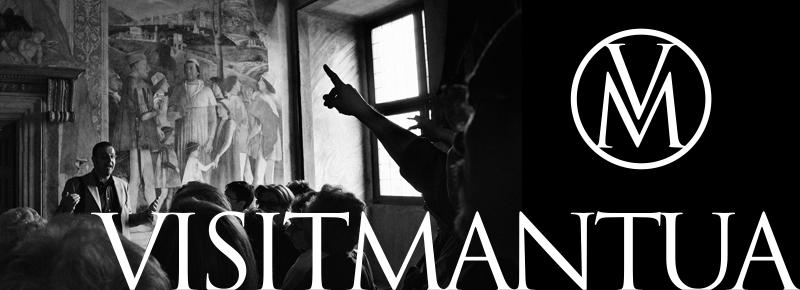“Hiersera arrivassimo quì in Capriana,
per una via sassosa et aspra,
pure assai dilettevole per la bellissima vista
di colline et campagne piene d’amandoli, et olivi”.
per una via sassosa et aspra,
pure assai dilettevole per la bellissima vista
di colline et campagne piene d’amandoli, et olivi”.
“Last evening we arrived here, in Cavriana, travelling along a way that was stony and rough, but also delightful for the beautiful view of hills and fields, full of almond and olive trees”.
These words, from a letter written by Isabella d’Este in 1535, describe one of the many visits of the Marchioness to the Lake Garda Hillside.
The letter was sent from Cavriana, a small village on the mantuan hills, close to the Lake. Here Isabella had one of her leisure residences: you can still see the name of Isabella carved on a fireplace architrave in the local museum.
On the hills of Cavriana – today as in the times of Isabella – many almond trees grow, and almonds are the main ingredient of a very special cake, which is cooked every year in Cavriana, on the occasion of the feast of the local patron saint: San Biagio (Saint Blaise).
The "Torta di San Biagio" ("Cake of Saint Blaise") is a tart, stuffed with an almond-filling, and made with a special pastry, which has not eggs, but white wine in. The filling is composed with almonds, eggs, chopped chocolate, anise and sugar. The top of the cake is decorated with a grill made of pastry, cut in lozenges, which shows the interior filling.
Every year, on February 3rd, an enormous "Cake of Saint Blaise" - with more of 3 meters of diameter - is cut on the main square of Cavriana.




